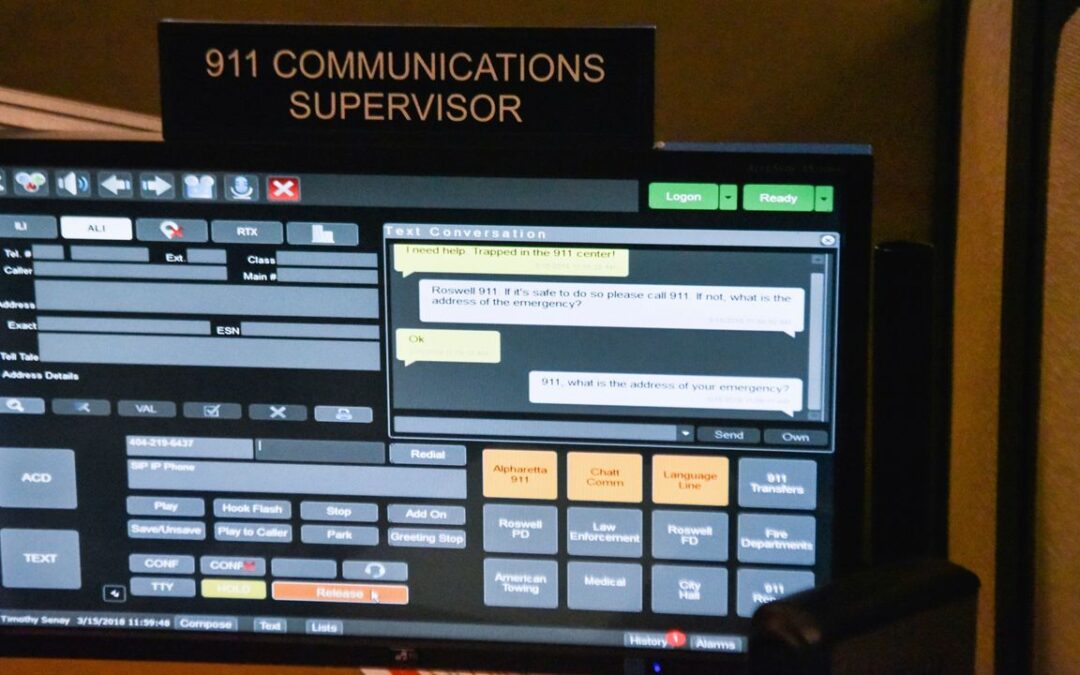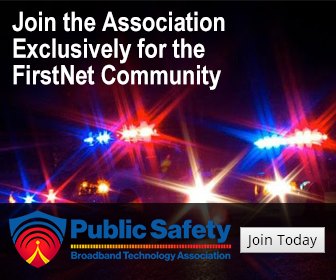by AllThingsECC.com | Jan 2, 2026 | Comm Center News
To better manage emergency communications and to coordinate responses during the legendary New Year’s Eve celebrations in New York City’s Times Square this year, the New York City Police Department and AT&T turned the company’s retail phone store in the metro hub into an operations center.
READ FULL ARTICLE
by AllThingsECC.com | Dec 31, 2025 | Comm Center News
FORT SMITH — The Fort Smith Police Department Communications Unit transferred to the River Valley Communications Center Wednesday, according to a news release from the Police Department.
The Fort Smith dispatchers will begin operating under the supervision of the new communications center starting Thursday, according to the release.

by AllThingsECC.com | Dec 22, 2025 | Comm Center News, Press Release
Las Vegas, NV (December 22, 2025) — The Public Safety Broadband Technology Association (PSBTA) welcomes the announcement by the First Responder Network Authority to expand FirstNet through the deployment of more than 135 new purpose-built cell sites, enhanced indoor coverage solutions, and upgrades supporting future satellite-to-device capabilities for public safety.
These strategic investments will strengthen wireless broadband connectivity for first responders, particularly in rural, remote, and hard-to-reach areas, building on the network’s ongoing growth and addressing critical feedback from the public safety community.
“I want to thank the FirstNet Authority Board, under the leadership of Acting Chair Sheriff Michael A. Atkinson, which continues to demonstrate its commitment to and support for first responders on the front lines,” said Richard Carrizzo, President of the Public Safety Broadband Technology Association. “This is an important ongoing investment program to enhance FirstNet coverage, and withother reinvestment projects still pending more work lies ahead to ensure every first responder has reliable connectivity where and when they need it most.” We encourage the FirstNet Authority to move forward on the remain projects expeditiously as we move into the new year.
PSBTA remains dedicated to empowering the first responder community and advancing the success of the FirstNet ecosystem.
###
About PSBTA
The Public Safety Broadband Technology Association (PSBTA) is an organization focused exclusively on ensuring the success of the entire FirstNet ecosystem that includes the legal entity created by Congress, the network infrastructure, hardware and software, and the single most important component—the end users.
DOWNLOAD PRESS RELEASE (PDF)
by AllThingsECC.com | Dec 22, 2025 | Comm Center News
In a split decision, Lincoln County commissioners voted to begin negotiations for a Damariscotta property as a possible new public safety building complex. County officials began considering moving the sheriff’s department, emergency management agency and communication center in 2023 following a consultant’s report.
by AllThingsECC.com | Dec 18, 2025 | Comm Center News
SPOKANE, Wash. – Leaders from the city and county reached a significant agreement that will shape the future of emergency call services in Spokane. The city plans to establish its own 911 dispatch center, moving away from its contract with the Spokane Regional Emergency Communications Center (SREC).
by AllThingsECC.com | Dec 17, 2025 | Comm Center News
CLEVELAND, Ohio — Residents seeking non-emergency services from Akron police will now be routed to “Ava,” an artificial intelligence virtual assistant, the department said.
Those who call 911, however, will still speak to a person.


